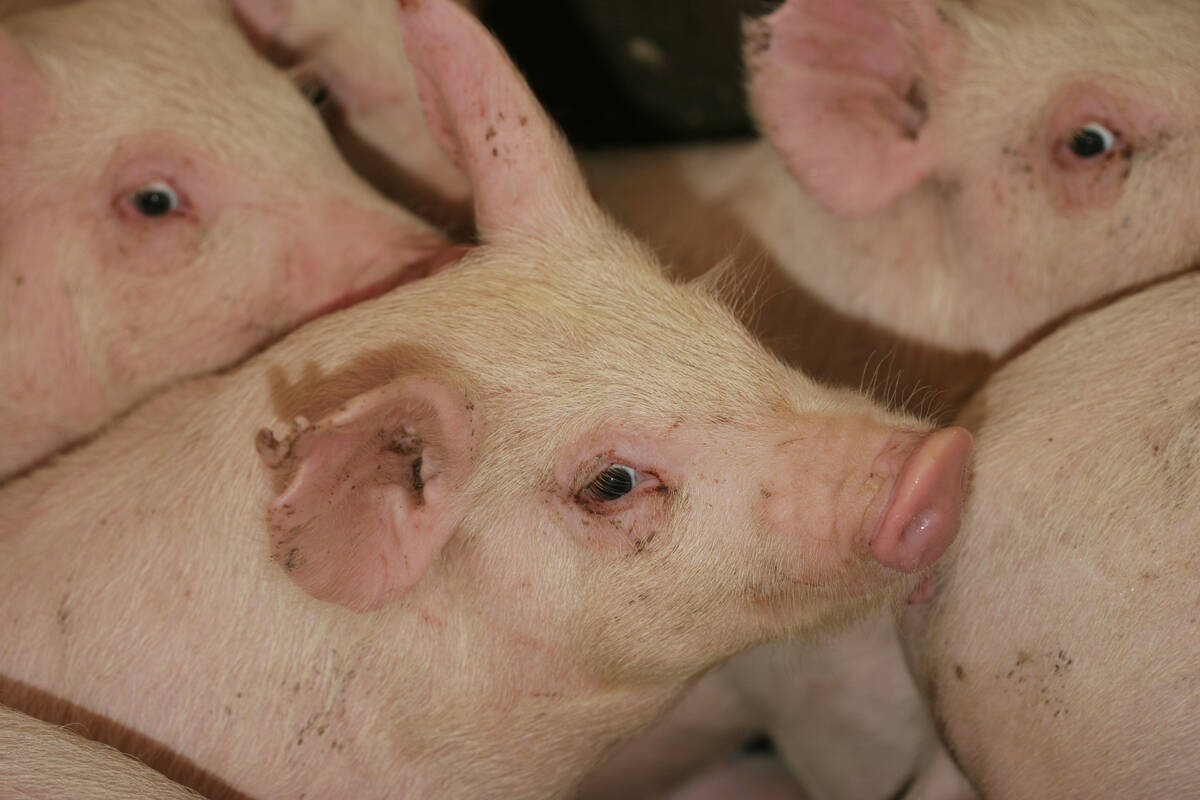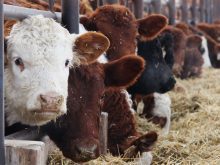RED DEER – Alberta horse owners should take a lesson from the cattle industry and develop disease prevention measures to protect their animals, a retired veterinarian told an Alberta horse conference.
Darrell Dalton said the closing of the American border to horses, embryos or semen would devastate the Alberta horse industry, similar to how BSE hurt the cattle industry.
Dalton said each horse owner should develop and follow biosecurity guidelines from cleaning boots and tack to providing designated parking for horse trailers.
“We have to have a mindset change to protect the industry as a whole,” Dalton said.
Read Also

The Western Producer Livestock Report – September 25, 2025
The U.S. national live price average for barrows and gilts was $81.21 Sept. 17. It was $78.37 Sept. 9. U.S. hogs averaged $106.71 on a carcass basis Sept. 17, up from $106.10 Sept. 9.
In Australia, an outbreak of equine influenza shut down the horse industry in 2007. Four stallions imported from Japan were sent to quarantine, but lax regulations allowed influenza from an infected stallion to spread across New South Wales and Queensland. It took seven months to stop the spread after it had infected 33,000 horses and cost the horse industry millions.
Dalton said the loss in parimutuel betting alone because of closed racetracks was estimated at $500 million.
One stallion booked to breed 100 mares at a $200,000 breeding fee never bred a single mare because of restricted travel rules.
A royal commission of inquiry couldn’t put a finger on a single culprit, but did point at veterinarians and farriers for not following proper procedures and adding to the spread of the influenza.
“He was quite vocal against those two groups,” said Dalton, citing the Australian example as a potential threat to Canada’s horse industry.
As of Jan. 1, Alberta horse owners are included in new provincial traceability rules. They have premises and animal identification numbers as part of the government’s goal to improve traceability in case of a disease outbreak.
Dalton said while increased biosecurity in horse barns may be a daunting task, there are some simple things horse owners can do to reduce their risk.
- Buy only from reliable sources.
- Quarantine new animals for at least five days.
- Vaccinate new animals the same as resident horses.
- Encourage people to wear clean clothing and footwear, or supply disposable booties to visitors.
- Wash hands after handling livestock and equipment or wear disposable gloves when working with sick animals.
- Have visitors sign a log book to help traceability.
- Don’t allow visitors into the barn or the entire farm.
- Have a designated parking area for visiting horse trailers.
- Keep vehicles and trailers clean.
- Wash feed and water buckets if horses have been sick.
- Control disease-carrying pests and vermin.
Carolyn Schmidt of Onoway, Alta., said while she’s not opposed to developing a biosecurity protocol for her riding arena, she’s looking for a practical approach to reduce risk from the 10 to 20 riders who visit her horse barn each day.
“Our business is consistent with people coming and going,” said Schmidt.
“I don’t want to turn them off. I need practical solutions.”
Schmidt said she would likely implement the idea of a designated parking area for visiting horse trailers and post signs to contain foot, horse and vehicle traffic.














